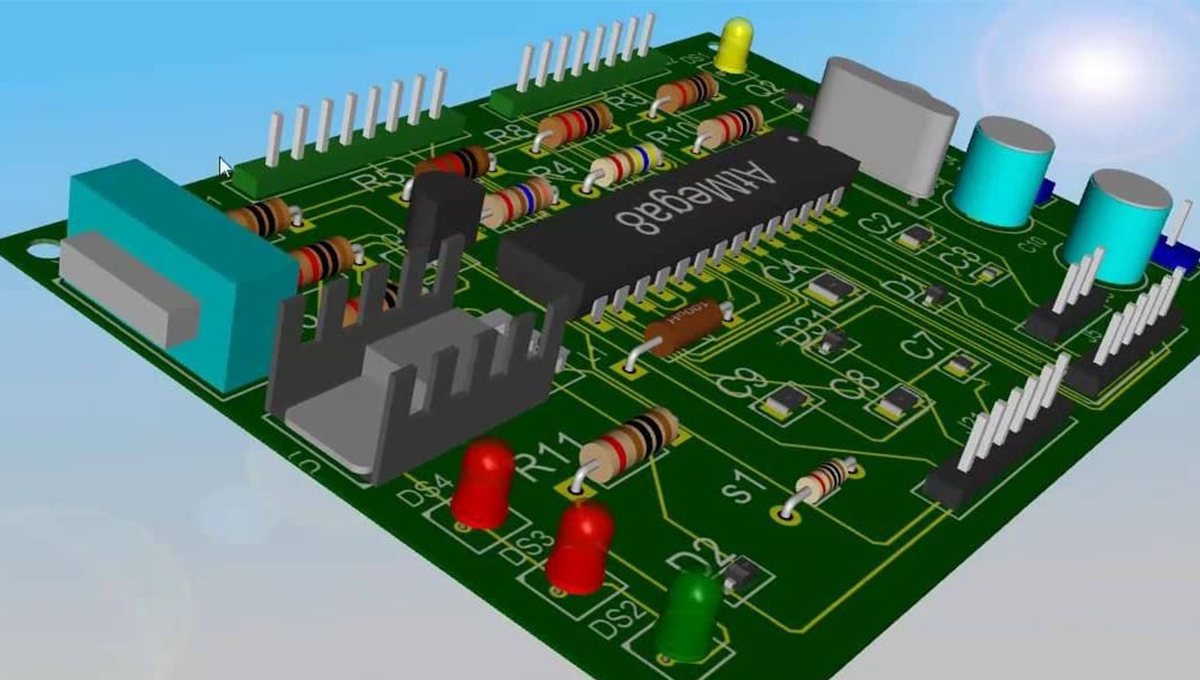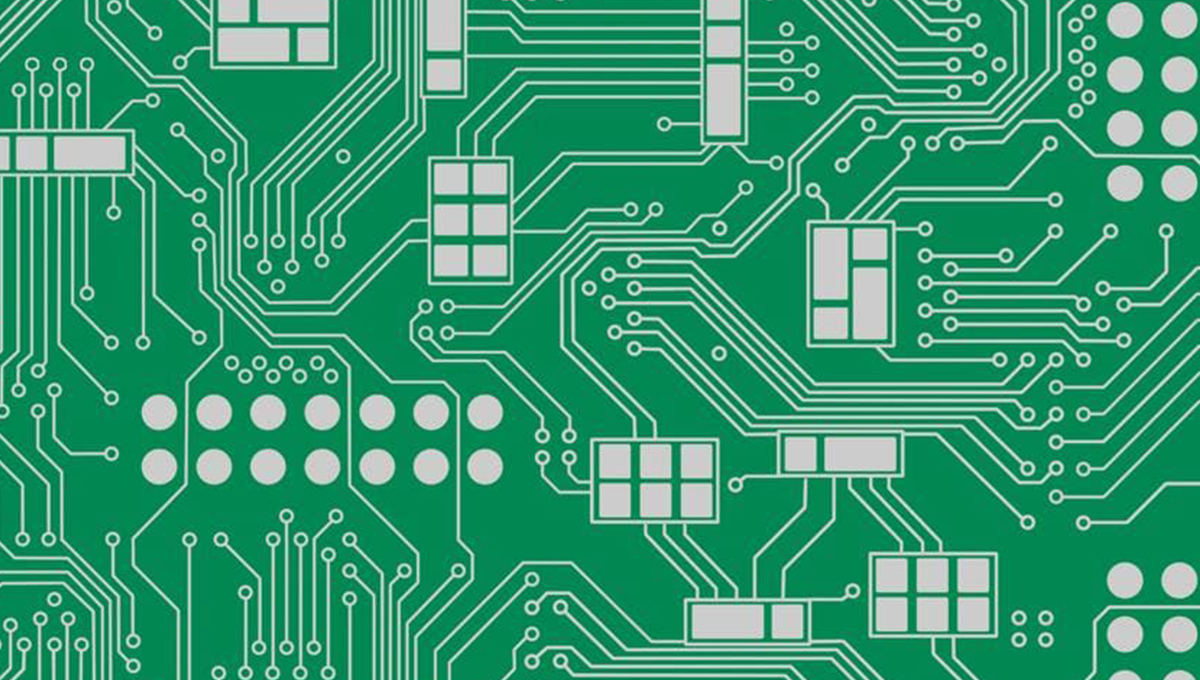Flexible PCBs are lightweight circuits used in devices, as they offer flexibility in 3D circuits. They are essential to contemporary electronics, allowing for creative and small designs. Flexible PCB designs have developed over time to satisfy the needs of contemporary electronics. They have become more intricate and specialized, catering to diverse applications.
However, the flexible PCB design service is crucial in modern electronics, but their design and layout can incur significant costs. In this blog, we will delve into various cost-driving factors, such as layer count, circuit class, material, and many more.
Cost-Driving Factors of Flexible PCB Design
Number of Layers
Layer count is a critical cost driver in flexible PCB design and layout. A PCB layout engineer leverages lamination, a process that becomes more complex and costly as the layer count increases. The need for additional time and materials for circuits with higher layer counts significantly impacts costs.
For instance, a circuit with fewer layers may cost less to laminate since it would take less time and material. But as the number of layers rises, so does the lamination process’ complexity, which drives up expenses.
Thus, A PCB layout engineer should manage the layer count effectively to optimize costs in flexible PCB design and assembly.
PCB Materials
Polyimide and copper combinations are commonly used in flexible PCBs. Copper with acrylic adhesive + polyimide is cost-effective, while copper with flame retardant adhesive is ideal for high-temperature applications. Adhesiveless copper is expensive but suited for high-layer count designs.
Materials like polyimide coverlay and stiffeners can add to costs. Polyimide overlay is slightly costlier but better suited for flexible circuits, and FR-4 stiffeners are being used for component support, with their adhesive driving costs.
Circuit Class
Flexible PCB designs are classified into three circuit classes as per IPC standards: Class 1, Class 2, and Class 3, each with varying requirements and implications on costs.
Class 1: This class is for general electronic products. PCBs in this class have basic requirements, focusing on functionality without stringent reliability demands. The cost for Class 1 PCB is generally lower due to simpler design and manufacturing requirements.
Class 2: Dedicated service electronic products fall under this class. This PCB solution requires higher reliability and durability than Class 1, often for specific applications or environments. The increased reliability demands can lead to higher costs compared to Class 1.
Class 3: Highly reliable electronic products are classified as Class 3. These PCBs have the most stringent requirements for reliability, often for critical applications like medical devices or aerospace. Meeting these requirements involves additional testing, materials, and processes, significantly increasing costs compared to Class 1 and Class 2.
Panel Utilization
The relationship between panel utilization and pricing is indirectly proportional: higher panel utilization results in lower costs per circuit. This allows more circuits to be produced in a single manufacturing run. Optimizing panel use is a common goal of manufacturers to cut expenses and boost productivity. Manufacturers can reduce wastage of space and material by optimizing the layout of flexible circuits on a panel, which will ultimately result in more economically viable flexible PCB fabrication.
Buried Vias
The use of buried vias can also impact the cost of rigid-flex PCBs. The process of creating buried vias involves additional steps, such as laser drilling and filling with conductive material, which increases manufacturing complexity and time. When compared to conventional vias, this could therefore result in increased production costs. A PCB design engineer should balance the advantages of buried vias with their financial ramifications in order to select a design that satisfies budgetary and performance constraints.

How to Reduce the Cost of Rigid Flex PCB Design
Reduce the Number of Flexible Layers to a Minimum
Laminates for rigid boards are usually less expensive than laminates for flexible circuits. Lowering the quantity of bendable layers can help you save money on production. Optimizing expenses can also be achieved by designing flexible layers independently of the final board.
Restrict the Specifications For Controlled Impedance
While it may be tempting to define all impedance values, limiting the requirements for controlled impedance can help reduce manufacturing costs. A PCB design engineer needs to fabricate rigid-flex PCBs based on limited impedance requirements to ensure cost-effectiveness.
Incorporate Rigid Board Laminates
Achieving the required PCB thickness can sometimes be challenging. Integrating rigid board laminates can help create thicker circuit boards that are flexible enough to meet twisting and bending requirements. This approach can be more cost-effective than using thicker flexible layers.
Employ Specialized Processing Methods
Some techniques used in rigid printed circuit board designs can help achieve good yields. While these techniques can be challenging to implement in rigid-flex designs and may result in lower manufacturing yields, using advanced processing methods can help achieve excellent yields and minimize costs.

The Bottom Line
While designing a flexible PCB design, PCB design service providers should be mindful of the various factors that can affect the cost of PCBs.
Tessolve helps PCB suppliers with PCB design while considering these factors to reduce PCB manufacturing costs.
For better assistance from our experienced engineers, email us today at sales@tessolve.com.



